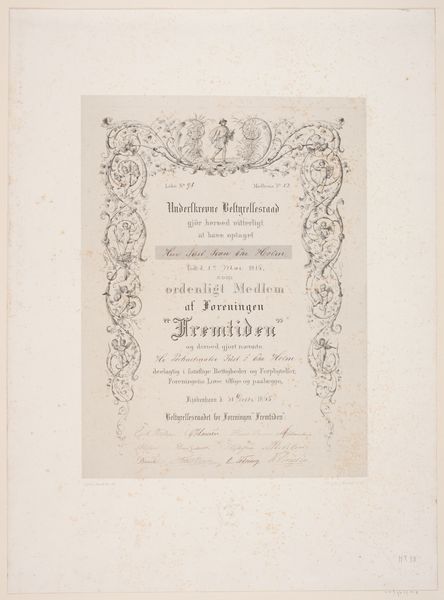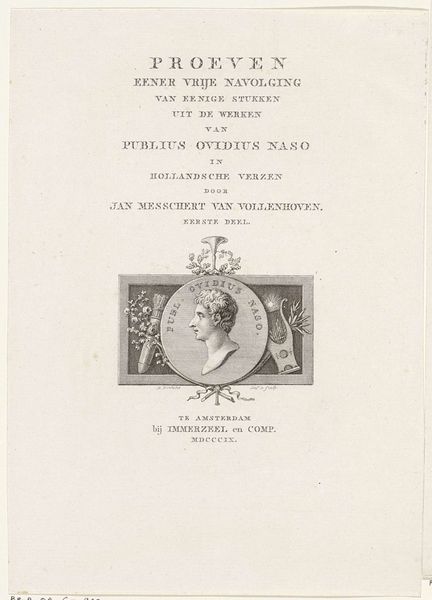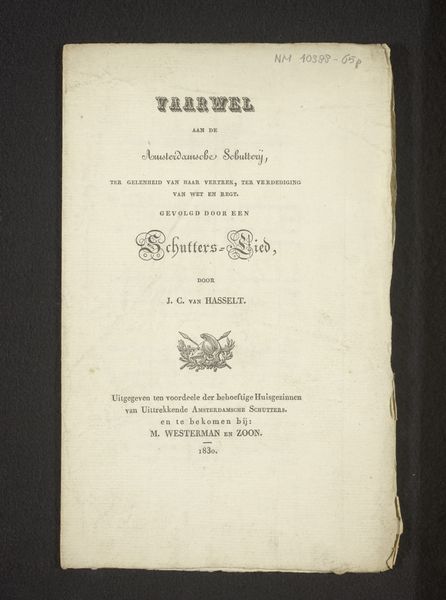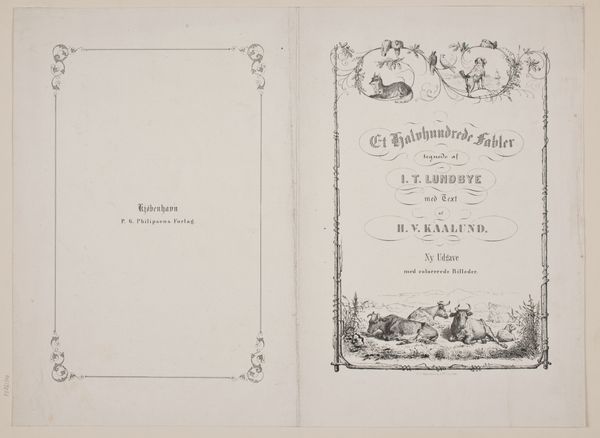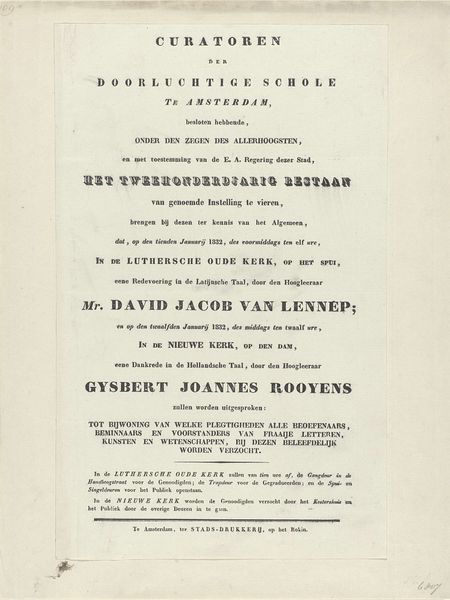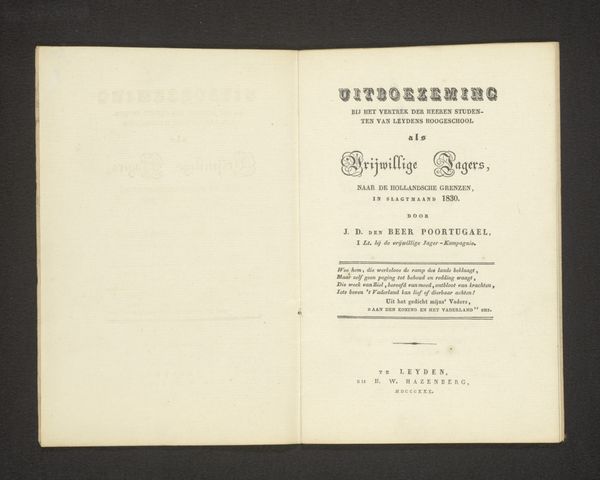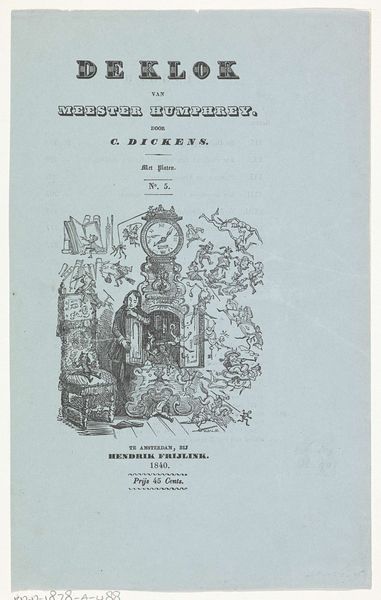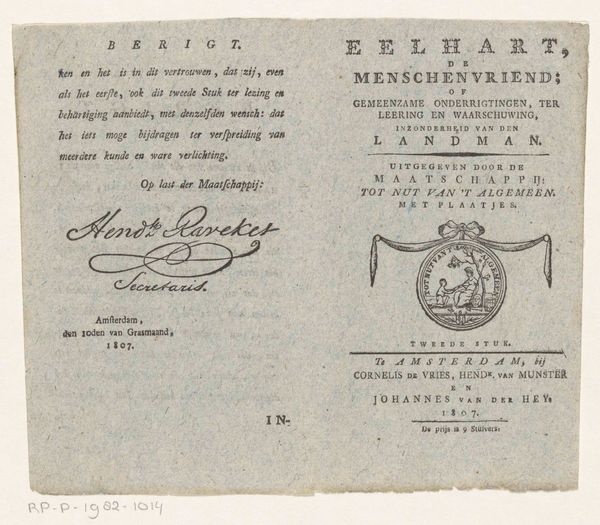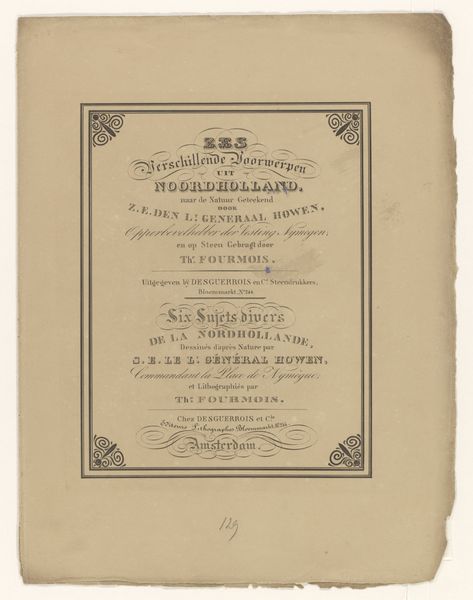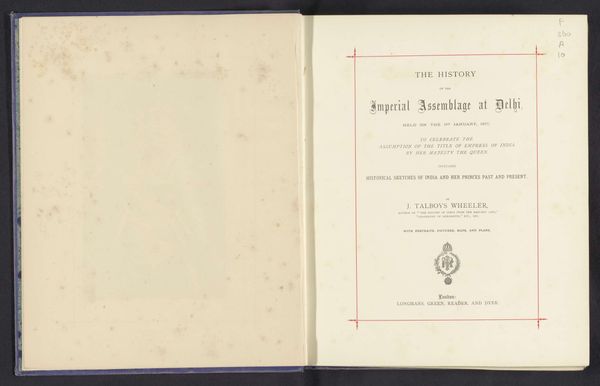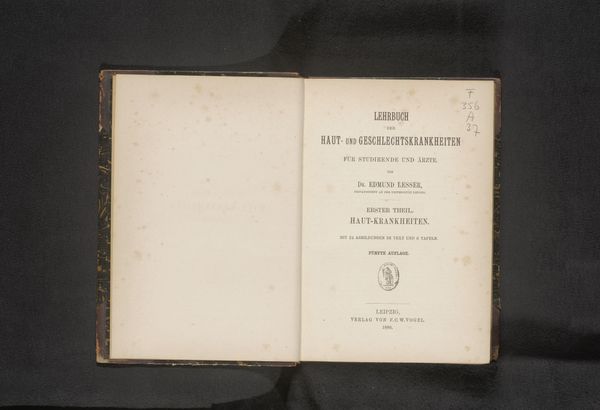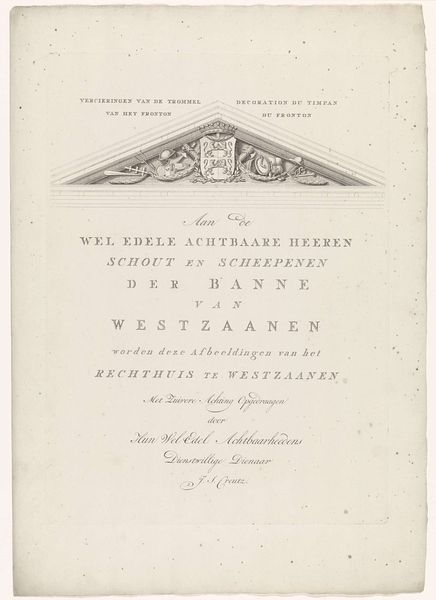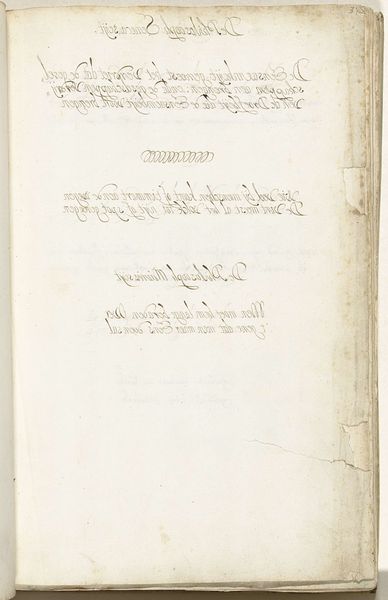
Omslag van de facsimile van de octrooi van de Staten van Utrecht tot het oprichten van de Utrechtse Hogeschool, 1636 1836
0:00
0:00
print, paper, typography, engraving
#
aged paper
#
medieval
#
ink paper printed
# print
#
old engraving style
#
paper
#
typography
#
decorative-art
#
engraving
#
historical font
Dimensions: height 377 mm, width 545 mm
Copyright: Rijks Museum: Open Domain
Editor: This is a print from 1836 by N. van der Monde, a "Facsimile van het Octrooi der Staten van Utrecht tot het Oprichten der Utrechtsche Hogeschool, 1636." It strikes me as both antiquated and official, and I’m curious about its significance. What should we be paying attention to here? Curator: Well, this object reflects a very particular moment in the 19th century, when there was increasing public interest in accessing and preserving historical documents. Creating facsimiles made these documents widely available in a way the originals couldn’t be. Consider it as a very early form of mass media, bringing state history directly to citizens. What’s caught your eye? Editor: I’m intrigued by the contrast between the aged appearance of the paper and the presumably modern printing techniques used to create the facsimile. It's trying to appear old, but is in fact a brand new version from its time. What purpose would that serve? Curator: Precisely! It tells us a great deal about the growing importance of institutional history during the 19th century, with institutions deliberately creating narratives around their own legacies and origins, bolstering their contemporary authority by associating themselves with a venerable past. Why reproduce the octrooi? To legitimize the university and promote civic pride in Utrecht. Do you think this promotion worked at that time? Editor: That makes perfect sense. So, this isn't just a document, but a carefully constructed statement about power and heritage. Curator: Precisely! It encourages us to analyze the intentions and messages embedded within it. Editor: It’s fascinating how something that appears straightforward is actually so rich with social and political implications. Thank you! Curator: My pleasure! It illustrates how objects of documentation serve more than just an informative role, actively participating in the construction of history.
Comments
No comments
Be the first to comment and join the conversation on the ultimate creative platform.
